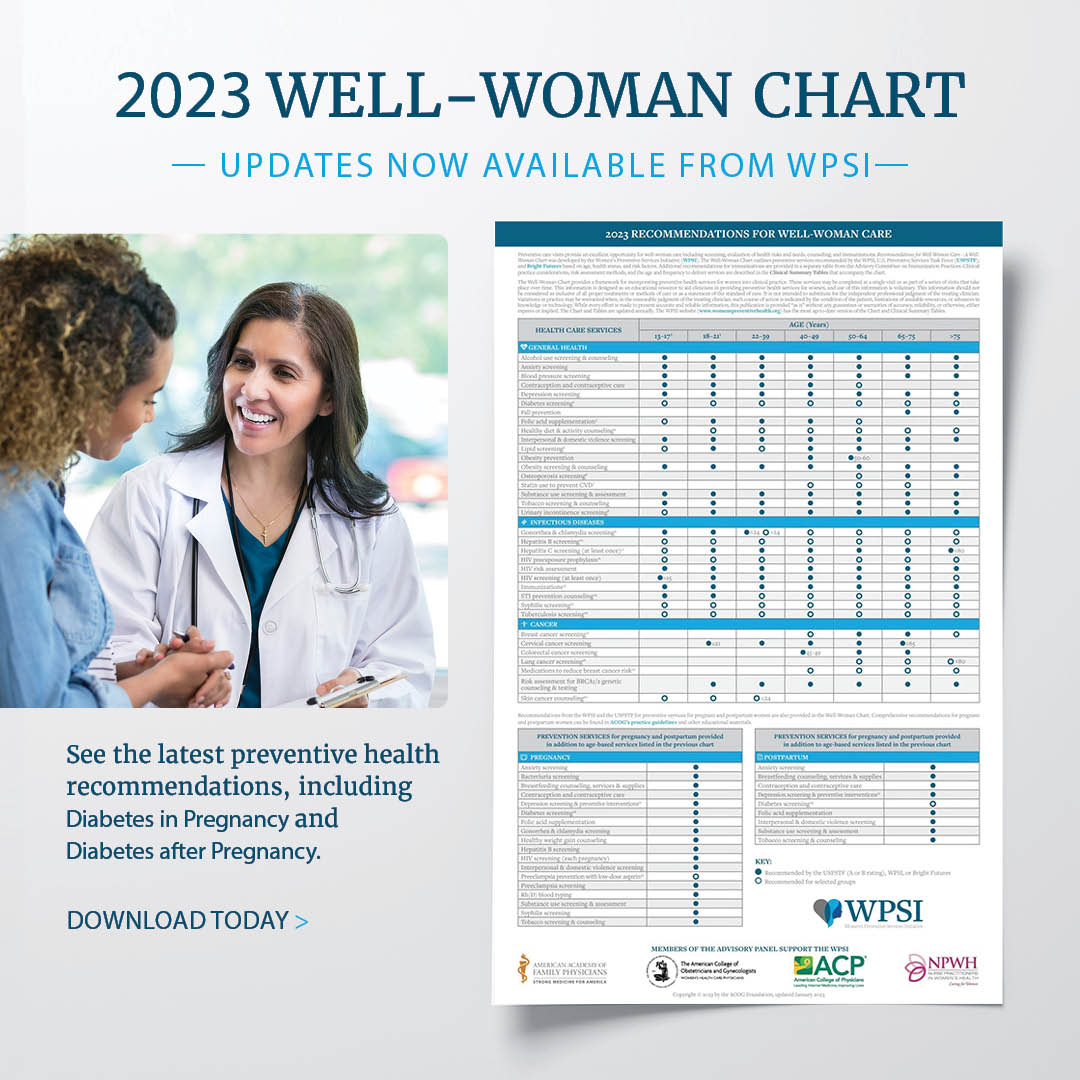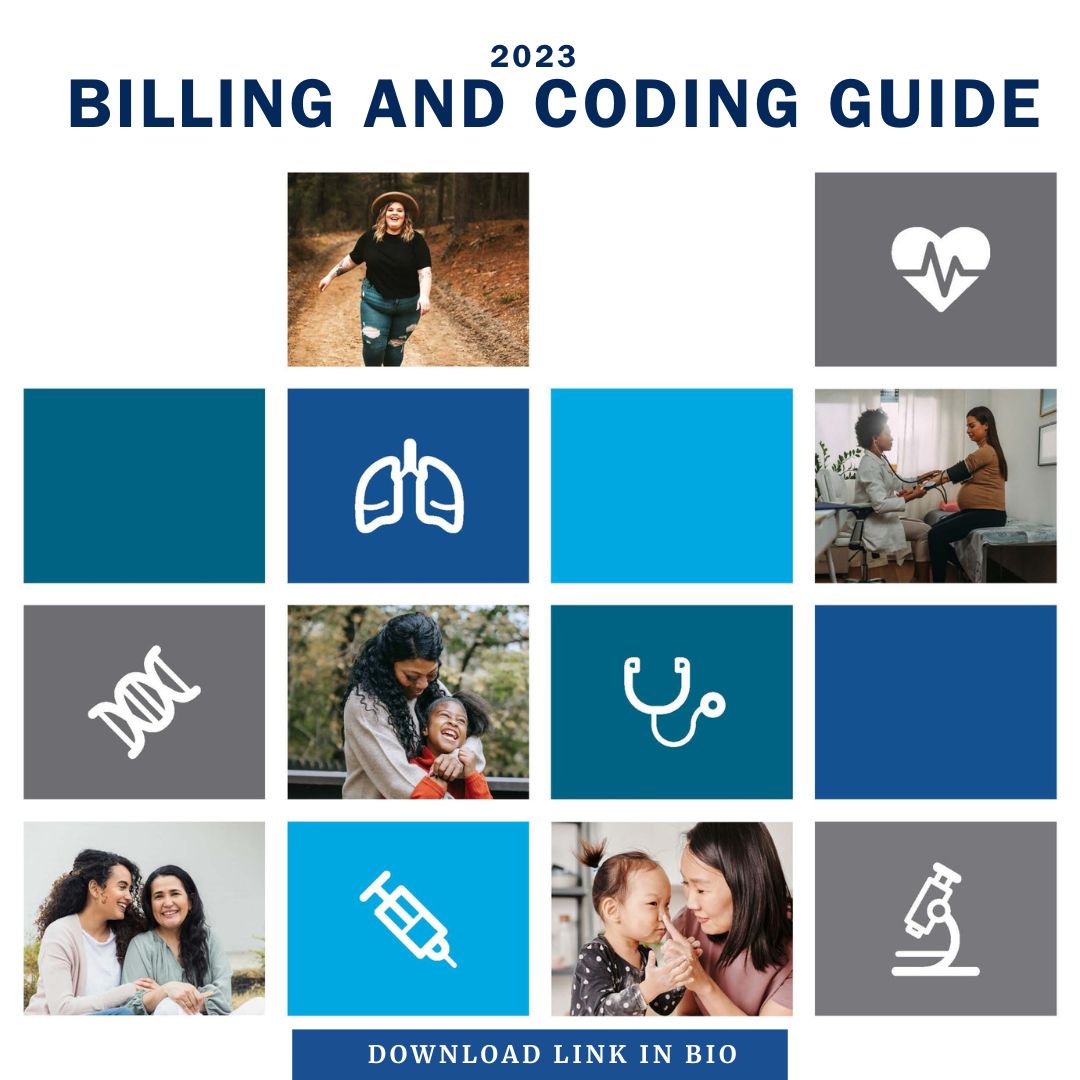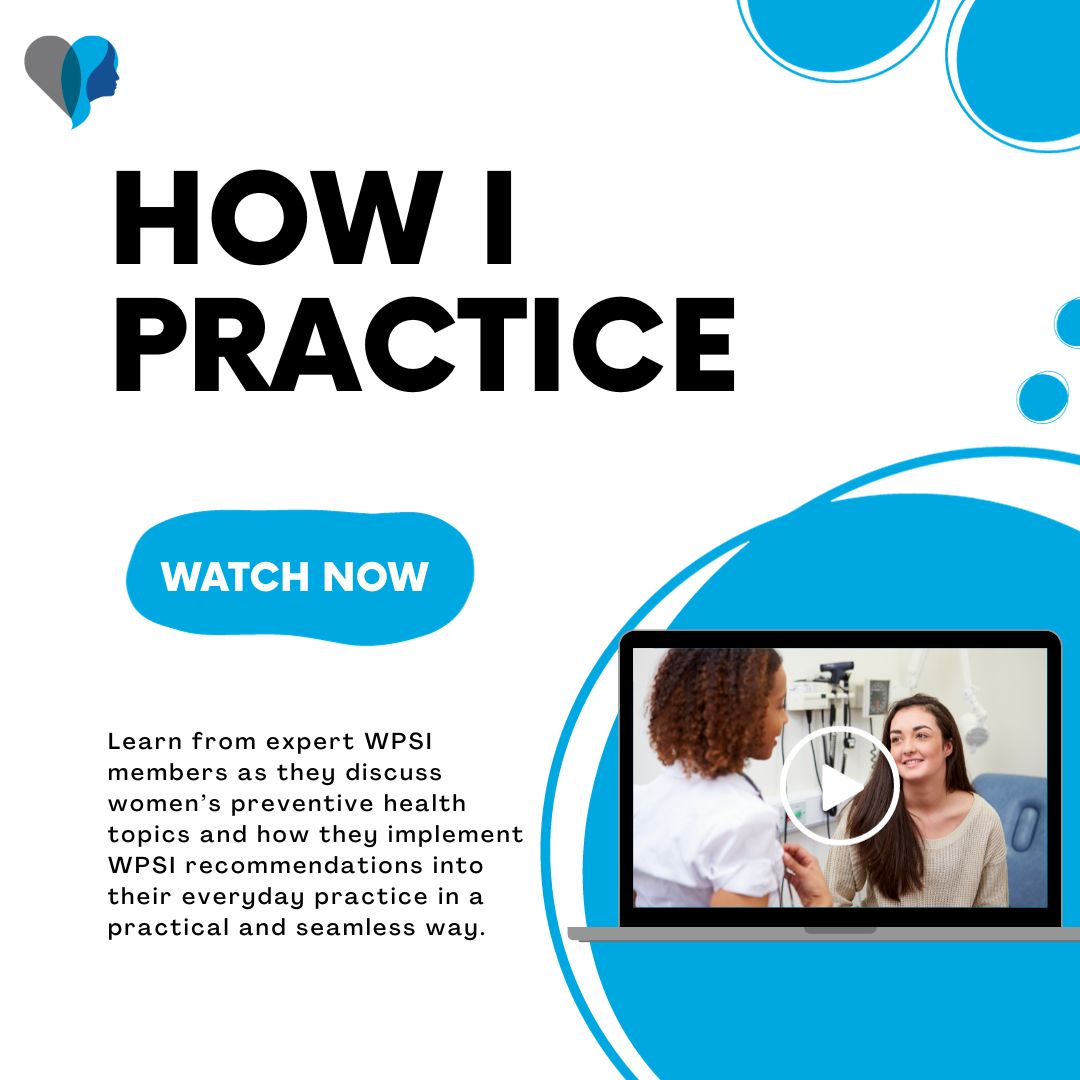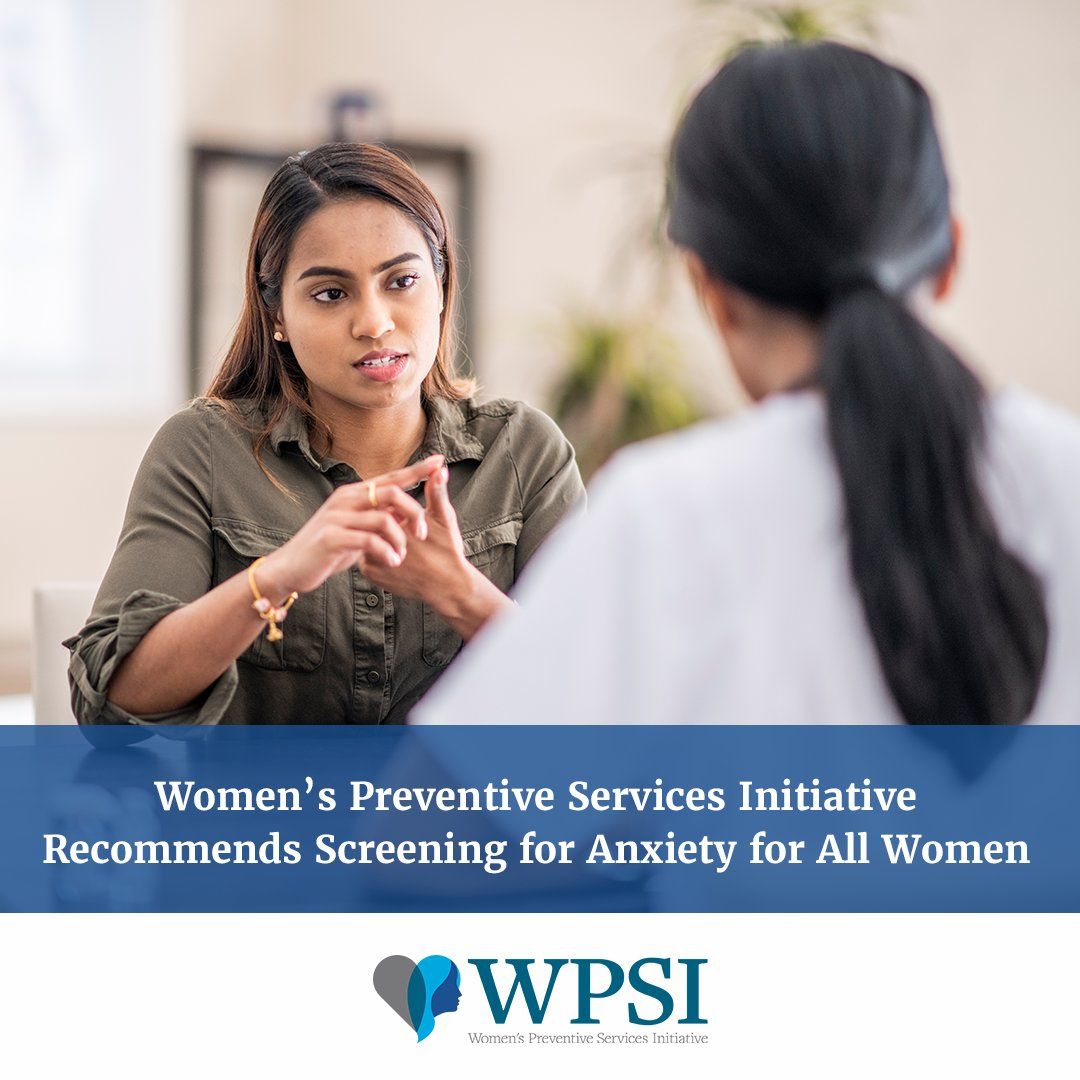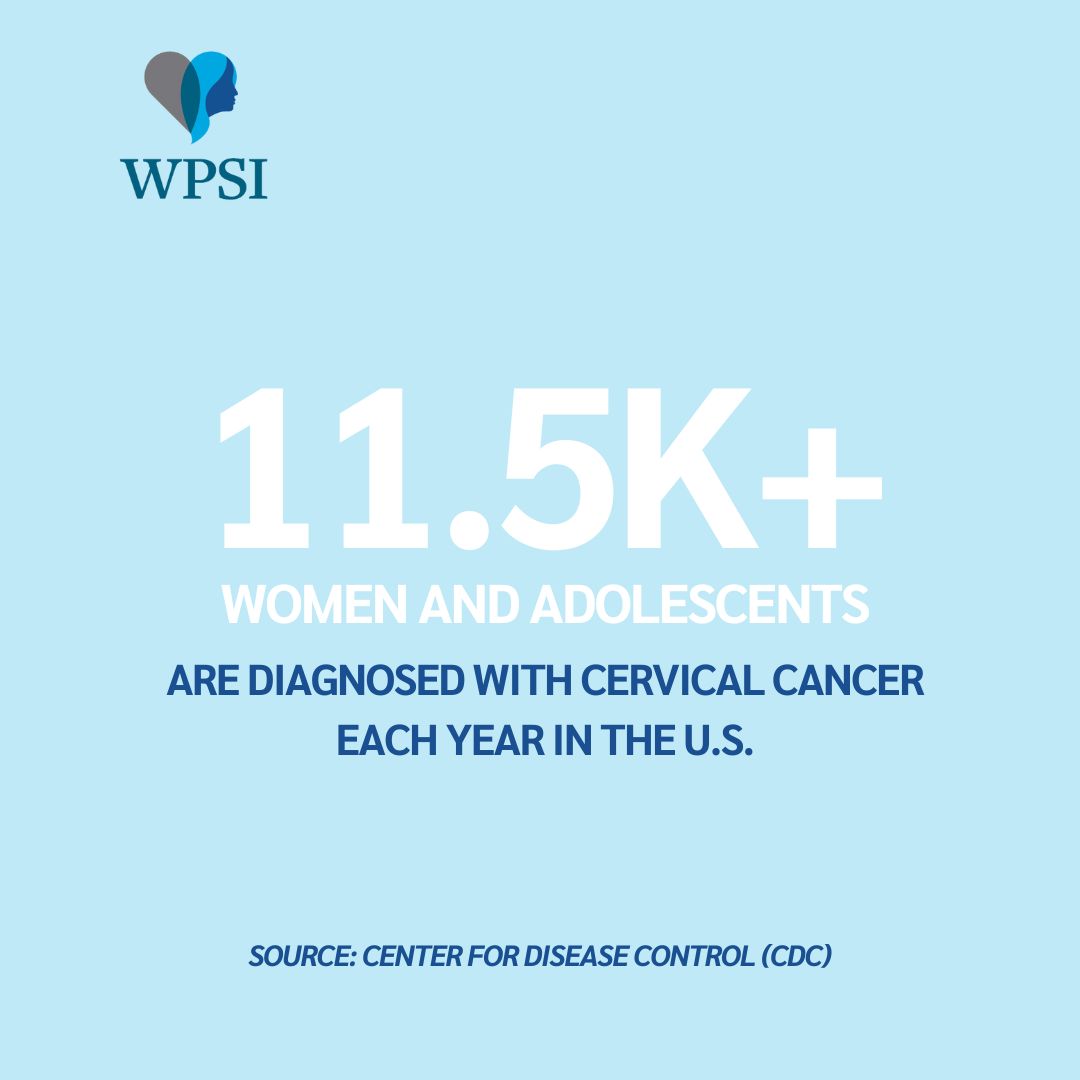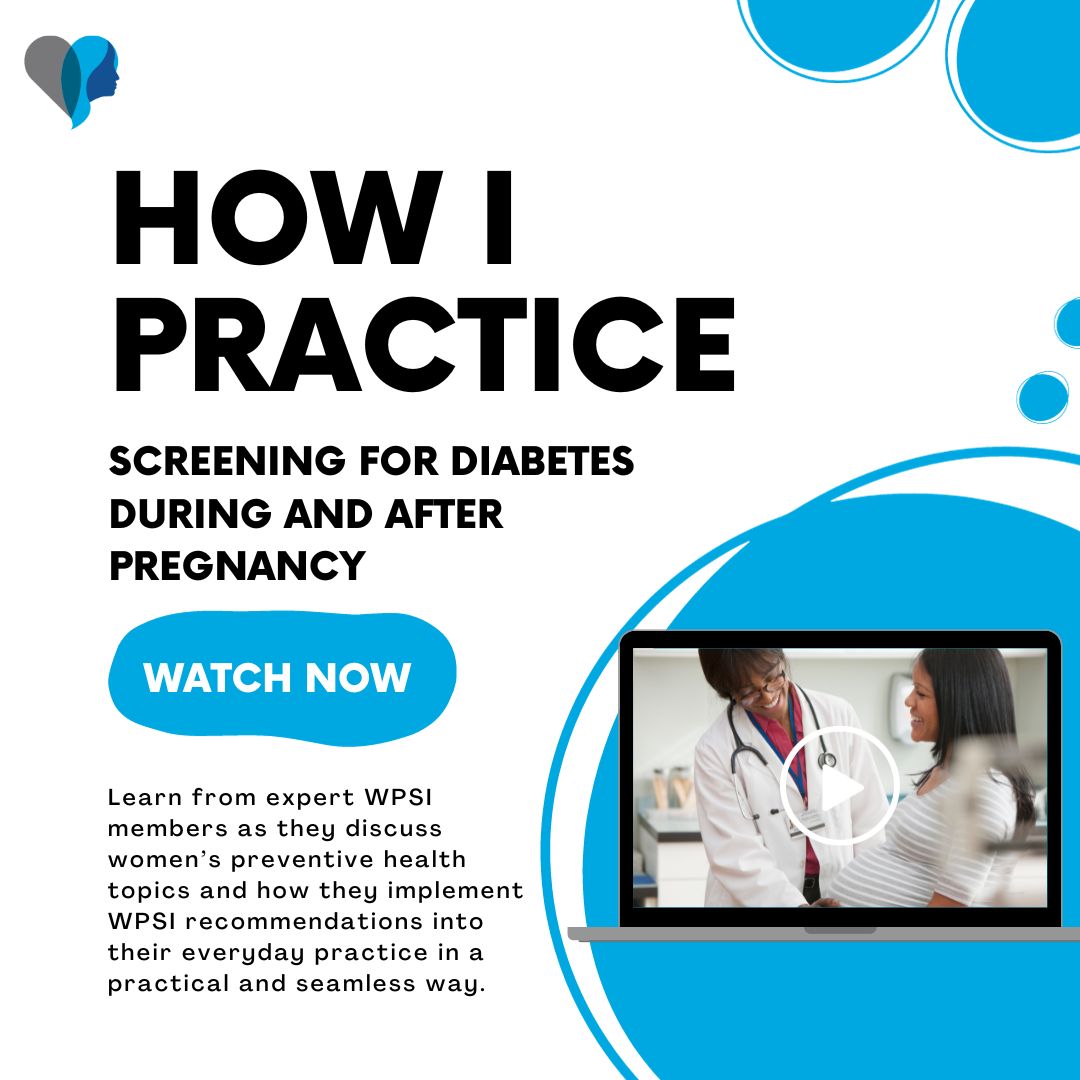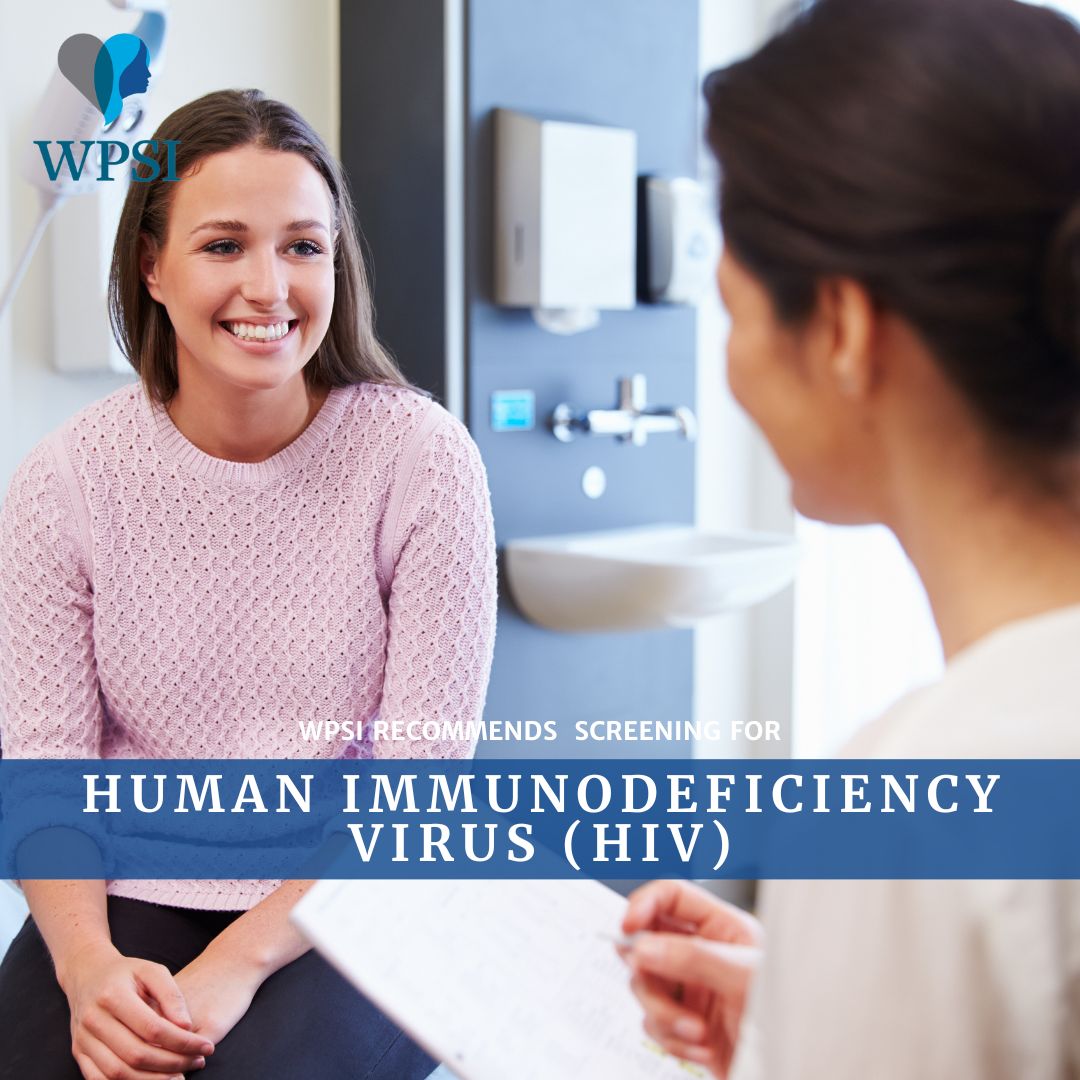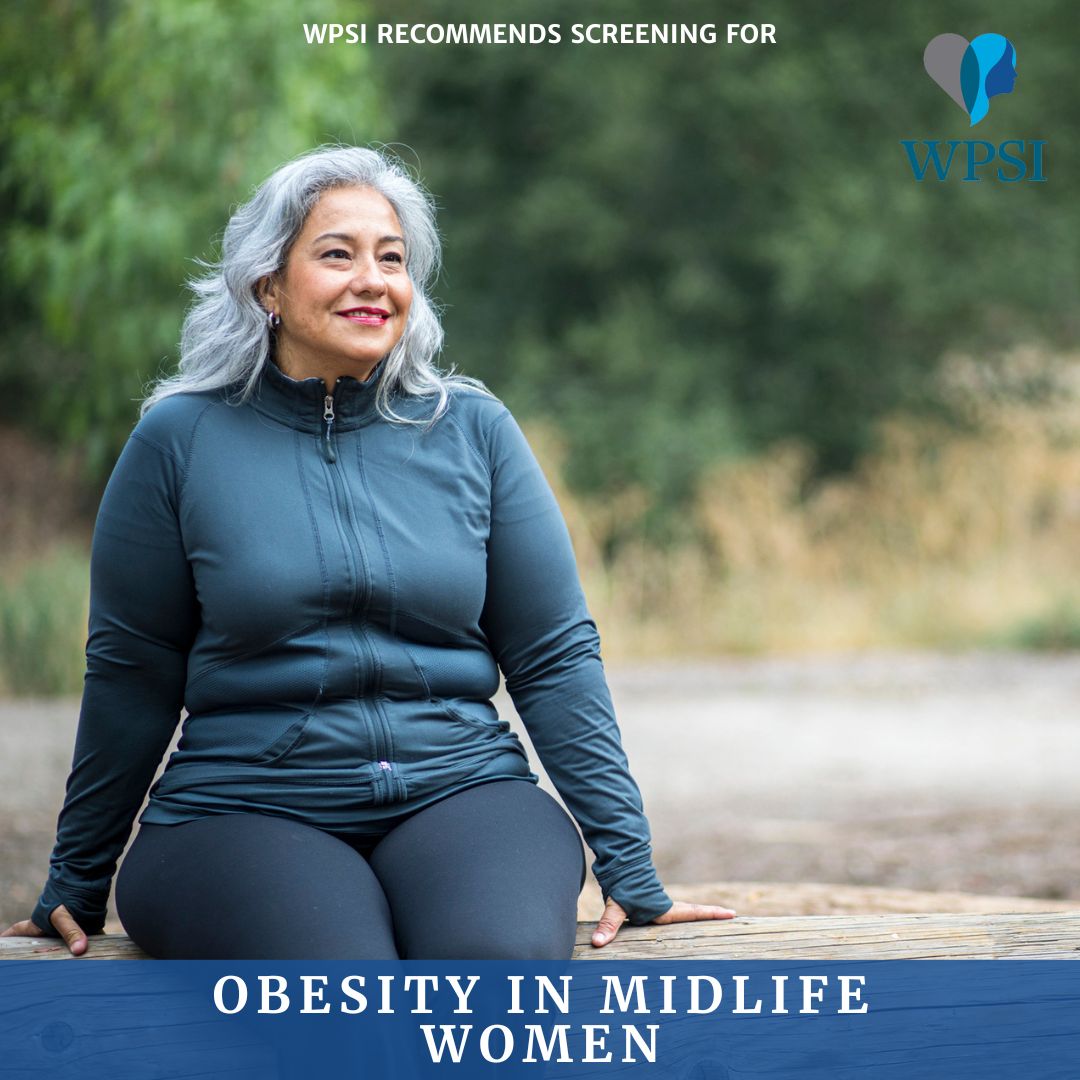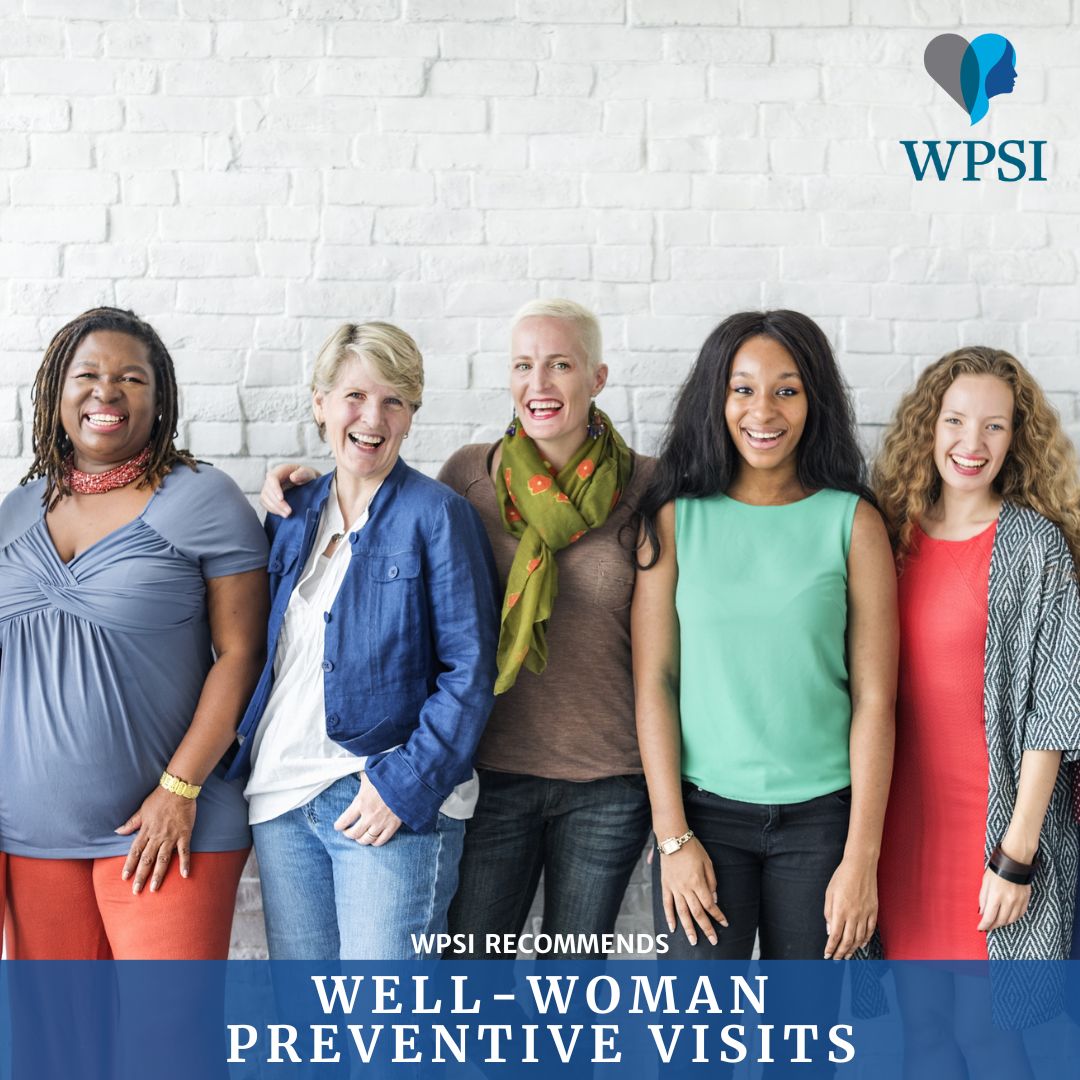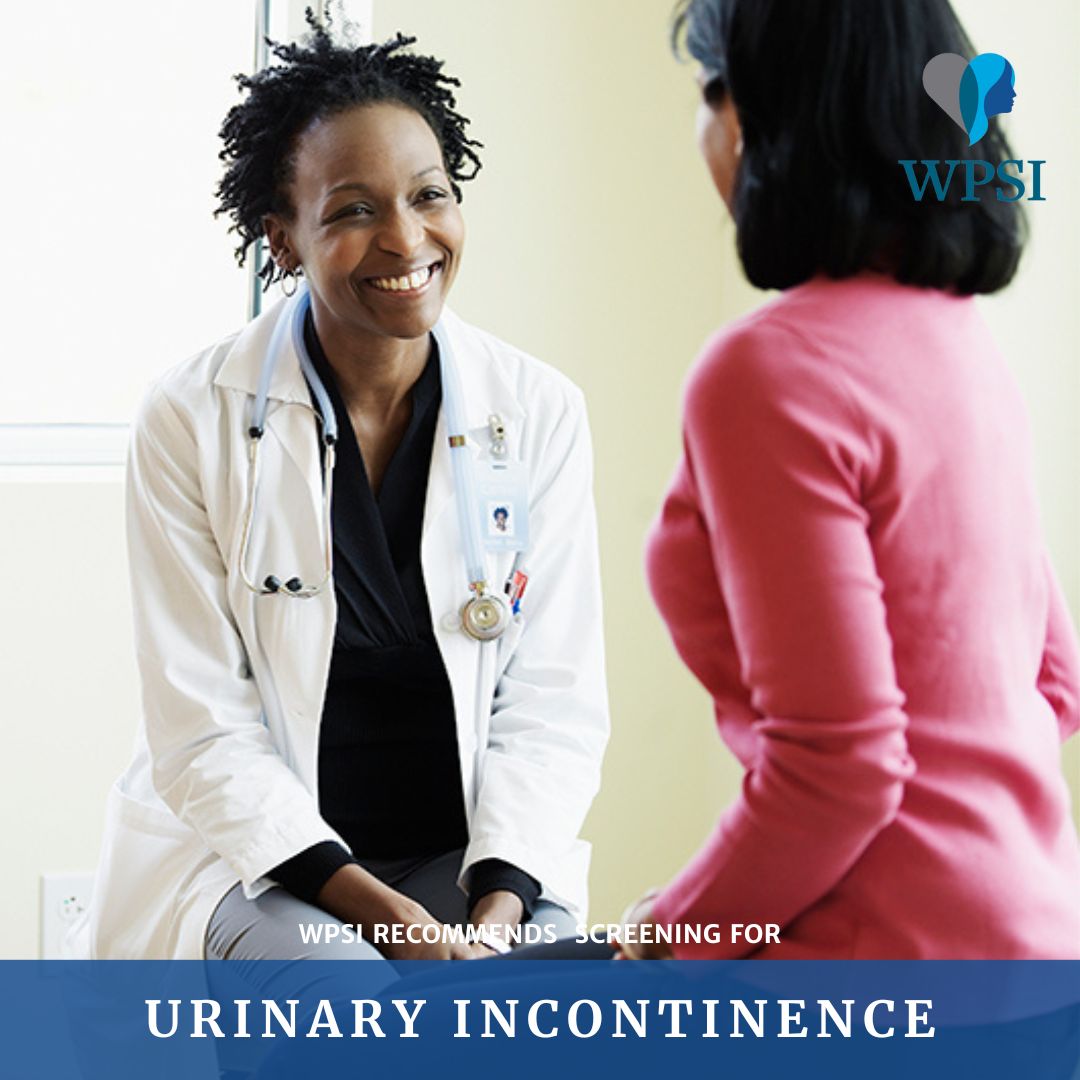Social Media Toolkit
What is WPSI?
The Women’s Preventive Services Initiative (WPSI) is a coalition of national health professional organizations and patient advocates with expertise in women’s health tasked with developing, reviewing and updating recommendations for the Women’s Preventive Services Guidelines. WPSI recommendations adopted by the U.S. Department of Health and Human Services, Health Resources and Services Administration (HRSA), help ensure that women receive a comprehensive set of preventive services without having to pay a co-payment, co-insurance or deductible. The WPSI’s purpose is to improve adult women’s health across the lifespan. This five-year cooperative agreement is funded by HRSA and was awarded to the American College of Obstetricians & Gynecologists (ACOG) in 2016 and 2021.
Why should you use this toolkit?
This toolkit is designed to equip partner organizations, communications and marketing professions, clinicians, office managers, patient advocates, and more with various communication tools that make it easy to raise awareness about quality health care for women and ensure quality preventive health care for every woman across the lifespan. Help us inform health care clinicians about the WPSI’s resources and recommendations by using hashtags, messages, and graphics on your organization’s social media platforms.
How can you help raise awareness about WPSI on social media?
- Follow @TheWPSI on Instagram, LinkedIn, X (formerly Twitter), and Facebook, and share our posts
- Copy and paste the suggested social media posts or create your own using information from this toolkit and/or WPSI’s website.
- Add the #TheWPSI or #WPSI hashtag to relevant social media posts about WPSI resources and recommendations, and don’t forget to tag us!
Which hashtags should you use when sharing WPSI content?
When posting about WPSI, use at least one of the following hashtags: #TheWPSI, #WPSI, #WomensPreventiveServices, #WomensPreventiveHealth, #PreventiveHealth, #WellWoman
Social Media Kit
Download our full Social Media Kit here:
What should you post about WPSI?
You can post about WPSI’s recommendations, resources, any collaboration between WPSI and your organization, and more. Please feel free to share any content that has already been posted on WPSI’s social media and website. If you would like to support WPSI but are unsure of what to post or would like more information (including additional content and images), please reach out to WPSI’s Communications Administrator, Dashané James at djames@acog.org.
Here are some sample posts you can copy and share about our program:
Thanks for sharing!
Please contact WPSI’s Communications Administrator, Dashané James, at djames@acorg.org with any questions.




